- SCIENTISTS UNVEIL THE FACE OF A 'COMPLETELY UNKNOWN' HUMAN ANCESTOR
Researchers have uncovered the earliest known human face from Western Europe, which could alter our understanding of human evolution.
The ancient human referred to as 'Pink' resided in Spain in the Iberian Peninsula around 1.1 to 1.4 million years ago.
This indicates that Pink significantly precedes the appearance of modern humans, Homo sapiens, who arrived on the continent approximately 45,000 years ago.
The fossilized remains differ significantly from other early hominin specimens discovered in the region, suggesting that Pink might represent an entirely new species of human.
The pieces of this ancient human face were found in 2022 within a cave named Sima del Elefante. Where some of Europe's oldest human remains have been discovered.
Nevertheless, Pink seems to have a distinct architecture compared to Homo antecessor, a human species that inhabited the region as far back as 860,000 years ago.
Rather than resembling his peers, he looks more like Homo erectus, an even older hominin species that originated in Africa approximately two million years ago and was the first to adopt bipedal locomotion similar to modern humans.
The research team thinks that Pink's species might have been some of the earliest Homo sapiens to reach Europe, only to be eradicated subsequently due to rapid climatic changes.
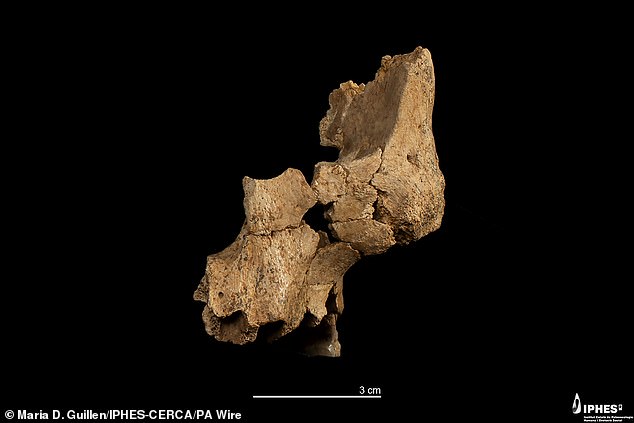
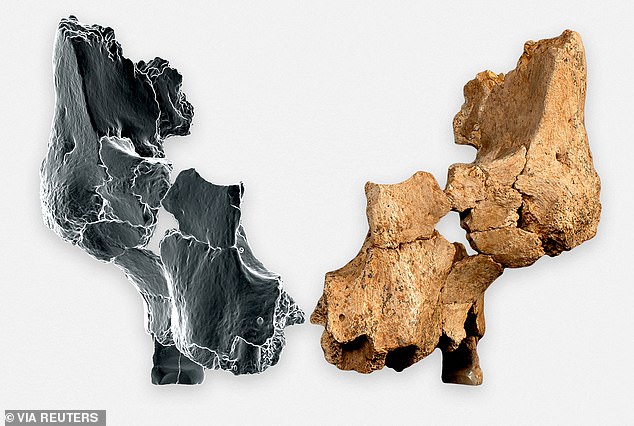
The remains discovered at Sima del Elefante, consisting of multiple fragmented pieces along with portions of two teeth, are thought to represent the earliest known instance of human facial bones in Western Europe.
The scientists referred to the person as 'Pink,' inspired by Pink Floyd's album "Dark Side of the Moon." In Spanish, this album is called "La cara oculta de la luna," with "cara oculta" translating to "hidden face."
When Pink’s remains were uncovered, researchers first believed that they might be attributed to another one of the early human species that had been identified in the region.
Inside the cave, scientists had earlier discovered remnants of Homo antecessor that date back 860,000 years.
By examining numerous other animal fossils discovered in the same stratum of the cave along with evidence of periodic changes in Earth’s magnetic field imprinted in the soil, scientists determined that Pink's remains date back to between 1.1 and 1.4 million years ago.
Furthermore, upon meticulously assembling the fragments of Pink’s remains, it was evident that his facial structure did not match any known ancient human species from the region.
{getCard} $type={post} $title={You might like}
Dr María Martínón, who directs the National Center for Research on Human Evolution, comments, "Compared to Homo sapiens, which has a more modern appearance and pronounced nasal bones, the facial characteristics of Homo antecessor are closer to those seen in Pink, indicating a flatter and less developed nose akin to what we observe in Homo erectus."
Homo erectus was the initial human species to adopt an upright stance and walk similarly to contemporary humans, and it was also the first to employ stone hand axes for slicing purposes.

Once it emerged in Africa approximately two million years ago, this species spread into Asia and eventually reached Eastern Europe as well.
At a location in present-day Georgia, paleontologists have unearthed five craniums attributed to Homo erectus. tracing back 1.8 million years .
Nevertheless, the fossil record from Western Europe remains notably sparse prior to 800,000 years ago.
Scientists have discovered just one tooth and some stone tools from approximately 1.4 million years ago in Spain, alongside a jawbone from Sima del Elephant dating back to approximately 1.1 million years ago.
Close to where Pink's remains were found, scientists also uncovered stone tools crafted from quartz and flint, as well as animal bones with distinct markings indicating cuts.
This suggests that Pink and their kin had established a basic tool-making industry and were skilled at butchering animals for meat, similar to what was done by Homo erectus.
Dr. Xosé Pedro Rodríguez, one of the study’s authors from the University of Rovira i Virgili (URV), states: "These findings indicate a successful approach for obtaining sustenance and underscore the capability of these early humans to utilize the natural assets present in their surroundings."
If Pink indeed belongs to the species Homo erectus, this discovery would indicate that this ancient human ancestor was much more widespread and existed much earlier than researchers previously believed.
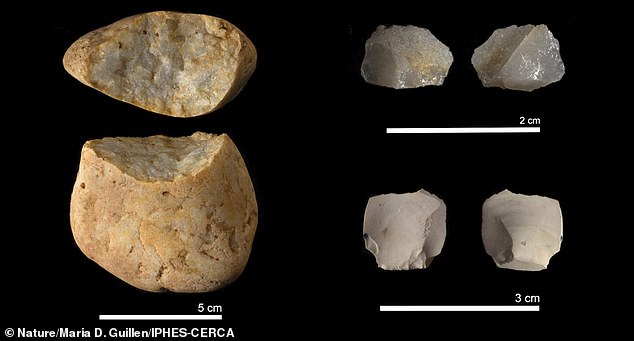
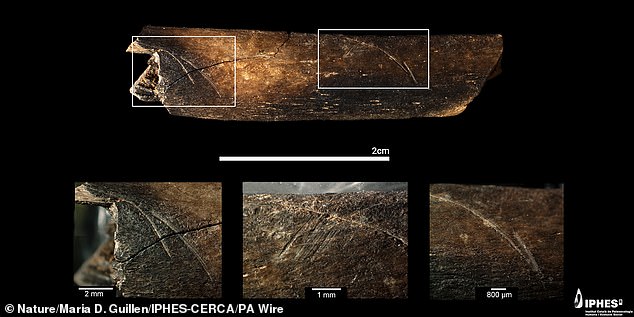
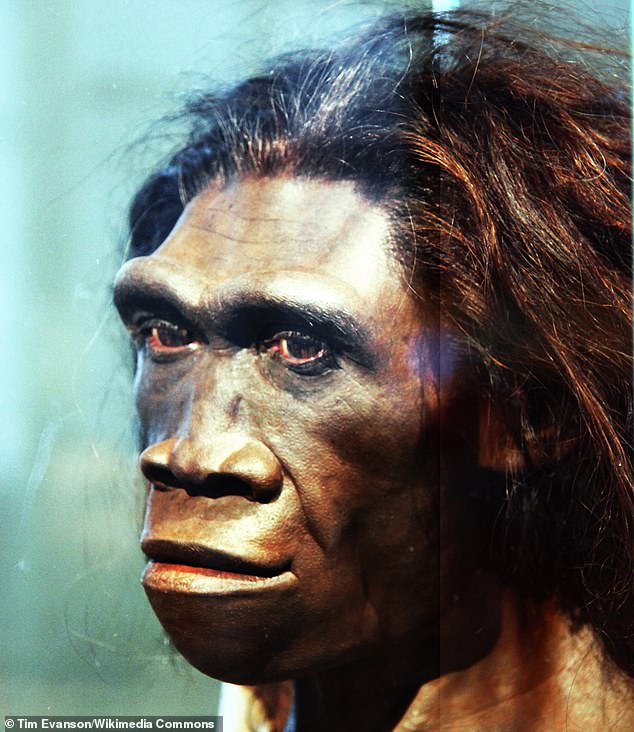
Nevertheless, the researchers remain unconvinced that Pink merely belongs to this particular species of human ancestors.
Even though their skulls are alike, Pink's face has a more slender structure compared to specimens of Homo erectus discovered throughout Asia and Africa.
However, based solely on pieces of bones and two worn teeth, the scientists cannot yet confirm that Pink represents a completely new species.
Rather than doing so, they chose to label Pink as 'Homo affinis erectus,' employing the Latin word 'affinis' to indicate its close relationship with recognized species.
Dr. Martinón states: "There isn't enough evidence yet to make a conclusive categorization, so we opted for the designation Homo affinis erectus."
She notes that this step was taken to "recognize Pink’s connections to Homo erectus while still allowing for the chance that the remains could be from a different species."
The scholars contend that Pink's species constituted part of the initial influx of humans into Western Europe.
However, that initial migration seems to have been halted swiftly as the climate on the Iberian Peninsula underwent a sudden shift.

When Pink resided in Spain, the Sierra de Atapuerca area was characterized by a blend of forested zones, marshy meadows, and intermittent bodies of water—creating a bountiful habitat for early human inhabitants.
However, earlier research indicates that there might have been a abrupt change in climate approximately 1.1 million years ago. any of which could have led to the extinction of humanity.
This might account for the significant gap in the fossil record between specimens attributed to Pink and those of the later Homo antecessor species.
Dr. Eudald Carbonell, a paleontologist from URV and co-director of the project, states: "The evidence pointing to various hominin populations in Western Europe throughout the Early Pleistocene indicates that this area played a crucial role in the evolutionary journey of the genus Homo."
.png)